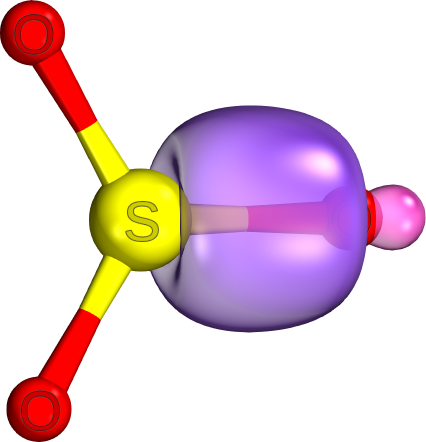

(a) The interaction of two hydrogen atoms changes as a function of distance. The energy of the system would then rise (making the system destabilized), as shown at the far left of Figure 7.4.1.įigure 7.4.1. If the distance between the nuclei were to decrease further, the repulsions between nuclei and the repulsions as electrons are confined in closer proximity to each other would become stronger than the attractive forces. The bond is stable because at this point, the attractive and repulsive forces combine to create the lowest possible energy configuration. This optimum distance between the two bonded nuclei is the bond distance between the two atoms. At some specific distance between the atoms, which varies depending on the atoms involved, the energy reaches its lowest (most stable) value. (A bond begins to form.) As the atoms move closer together, the overlap increases, so the attraction of the nuclei for the electrons continues to increase (as do the repulsions among electrons and between the nuclei). While the atoms are still widely separated, the attractions are slightly stronger than the repulsions, and the energy of the system decreases. In addition, the electrons begin to repel each other, as do the nuclei.

Each electron begins to feel the attraction of the nucleus in the other atom. As the atoms move together, their orbitals begin to overlap. When the atoms are far apart there is no overlap, and by convention we set the sum of the energies at zero. Figure 7.4.1 illustrates how the sum of the energies of two hydrogen atoms (the colored curve) changes as they approach each other. The energy of the system depends on how much the orbitals overlap. Orbitals that overlap extensively form bonds that are stronger than those that have less overlap. The strength of a covalent bond depends on the extent of overlap of the orbitals involved. The mutual attraction between this negatively charged electron pair and the two atoms’ positively charged nuclei serves to physically link the two atoms through a force we define as a covalent bond. According to valence bond theory, a covalent bond results when two conditions are met: (1) an orbital on one atom overlaps an orbital on a second atom and (2) the single electrons in each orbital combine to form an electron pair. We say that orbitals on two different atoms overlap when a portion of one orbital and a portion of a second orbital occupy the same region of space. Valence bond theory describes a covalent bond as the overlap of half-filled atomic orbitals (each containing a single electron) that yield a pair of electrons shared between the two bonded atoms. In the following sections, we will discuss how such bonds are described by valence bond theory and hybridization. One popular theory holds that a covalent bond forms when a pair of electrons is shared by two atoms and is simultaneously attracted by the nuclei of both atoms. A more complete understanding of electron distributions requires a model that can account for the electronic structure of molecules. When atoms bond to form molecules, atomic orbitals are not sufficient to describe the regions where electrons will be located in the molecule.
#Sigma bond example free#
However, these predictions only describe the orbitals around free atoms. We can use quantum mechanics to predict the specific regions around an atom where electrons are likely to be located: A spherical shape for an s orbital, a dumbbell shape for a p orbital, and so forth. There are successful theories that describe the electronic structure of atoms. However, VSEPR theory does not provide an explanation of chemical bonding. For example, VSEPR theory has gained widespread acceptance because it predicts three-dimensional molecular shapes that are consistent with experimental data collected for thousands of different molecules. For a theory to be accepted, it must explain experimental data and be able to predict behavior.

Describe the formation of covalent bonds in terms of atomic orbital overlap.


 0 kommentar(er)
0 kommentar(er)
